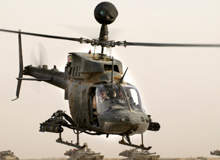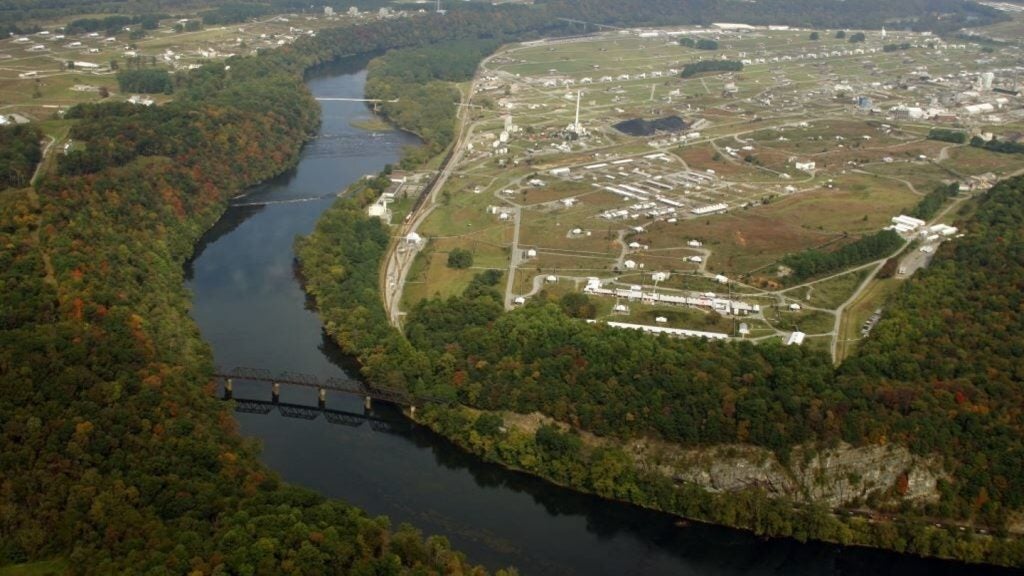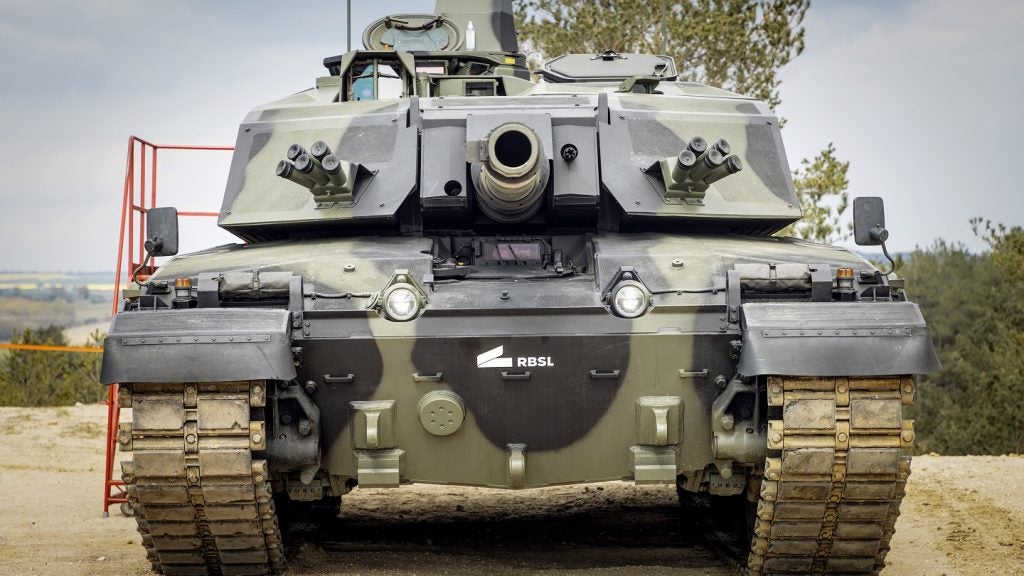
The recent cutbacks in the ARH-70 Arapaho programme by the US army have once again extended the service life of the venerable OH-58 Kiowa. Given the army’s half century of difficulties in building reconnaissance helicopters, the Kiowa’s longevity is remarkable, particularly as it was always the unwanted stepchild of army aviation.
More relevant to the current environment, the history of the Kiowa offers a few hints for improving the weapons development process.
Light observation helicopter programme
In October 1960, the army first solicited proposals to meet the emerging requirement for an unarmed aerial reconnaissance platform. The mandate, called the light observation helicopter (LOH) programme, attracted several competitors, including Bell Helicopter and the Hughes Tool Company Aircraft Division.
In those days, the development timeline ran faster. Bell proposed their 206 design in January 1961, just three months after the issuance of the request for proposals. For the army’s test and evaluation phase, Bell subsequently produced five prototypes – the first of which made its maiden flight in December 1962, less than two years after proposal submission.
By itself, though, rapid prototyping doesn’t guarantee a winner, as Bell’s candidate, the YOH-4A, subsequently demonstrated. Aesthetically unattractive and lacking in cargo space, the YOH-4A was considered to be underpowered relative to its competition. At a time when the emergence of surface-to-air missiles implied a more hostile aerial environment, army pilots and planners wanted more, rather than less, propulsion. Consequently, the 206 design was eliminated from the competition, which Hughes ultimately won.
How well do you really know your competitors?
Access the most comprehensive Company Profiles on the market, powered by GlobalData. Save hours of research. Gain competitive edge.

Thank you!
Your download email will arrive shortly
Not ready to buy yet? Download a free sample
We are confident about the unique quality of our Company Profiles. However, we want you to make the most beneficial decision for your business, so we offer a free sample that you can download by submitting the below form
By GlobalDataIn a foretaste of future problems with the Comanche and Arapaho, Hughes was unable to produce operational units to the satisfaction of the US Army, which reopened the LOH competition in 1967. Undeterred by their initial defeat, Bell had redesigned the 206 for the commercial market during the intervening five years. With added volume and a streamlined fuselage, which reduced drag and therefore power requirements, the 206A JetRanger won the rematch.
Lessons learnt
If you really want to embrace ‘commercial off-the-shelf’ (COTS) technology, buy the entire platform. Don’t mix and match platform sections from different models, as Bell proposed with the Arapaho decades later.
In part, Bell won because it underpriced Hughes. Although Bell’s bid could have been construed as low balling, the demands of the Vietnam War and other factors meant that Bell could churn out operational units at a high, unconstrained rate. This enabled Bell and the US forces to benefit from scale and production efficiencies. The OH-58A Kiowa became operational in May 1969 – again, less than two years after the contract was awarded.
Despite (or perhaps because of) its simplicity, the OH-58A wasn’t what the US Army wanted. Within five years of the Kiowa’s entry into service, a wish list was being assembled for what officially became the advanced scout helicopter (ASH) programme in 1975. Even a partial list of the desired requirements is instructive:
- Forward compatibility with advanced weapons systems to be developed into the 1980s
- Computerised navigation and target detection systems with longer range, greater precision and all-environment operability
- Reduced aural, visual, radar and infrared signatures – in other words, proto-stealth
- A larger engine to provide (among other things) the speed to keep up with the next generation of attack helicopter, the AH-64 Apache
The army wanted everything in one package, even features that militated against each other, such as stealth and power.
Troubleshooting
If you haven’t liked or haven’t been able to build a system to meet a set of requirements in many attempts over five decades, the problem isn’t the system, but rather the set of requirements.
In the throes of the stagflation and pervasive malaise of the 1970s, congress killed the ASH programme in 1977 – but the LOH / ASH dream itself lived on as a ‘non-funded’ requirement. As a substitute, the US focused on enhancing operational models in its near-term scout helicopter (NTSH) initiative. The major improvement to emerge from NTSH was the mast-mounted sight (MMS).
By putting key electro-optical and IR detectors on a mast that extended upward through the hub of the rotor, a helicopter could conduct reconnaissance, surveillance, and target acquisition tasks while remaining hidden behind trees and natural cover. Ironically, considering the army’s implied dissatisfaction with its size, the OH-58 proved much more difficult to detect in field operations once it had the MMS.
Greater than the sum of its parts
Seemingly simple enhancements to an old system can add more value than replacement with a new system. Consequently, a ‘robust’ platform – one that can accommodate incremental changes – can outperform a ‘fragile’ state-of-the-art platform over time.
After the army formalised the NTSH into the army helicopter improvement programme in 1980 and called for new tenders, Bell’s 406 which, consistent with the COTS principle was an upgrade of the original 206, again beat a Hughes entry. Bell, which in the interim had been acquired by Textron, received the contract in September 1981.
As with the original Kiowa mandate, development unfolded within two-year phases, which was not surprising given the design continuity but commendable nonetheless. The prototype flew in 1983, and the aircraft entered service in 1985 as the OH-58D – the version that the army still uses today.





